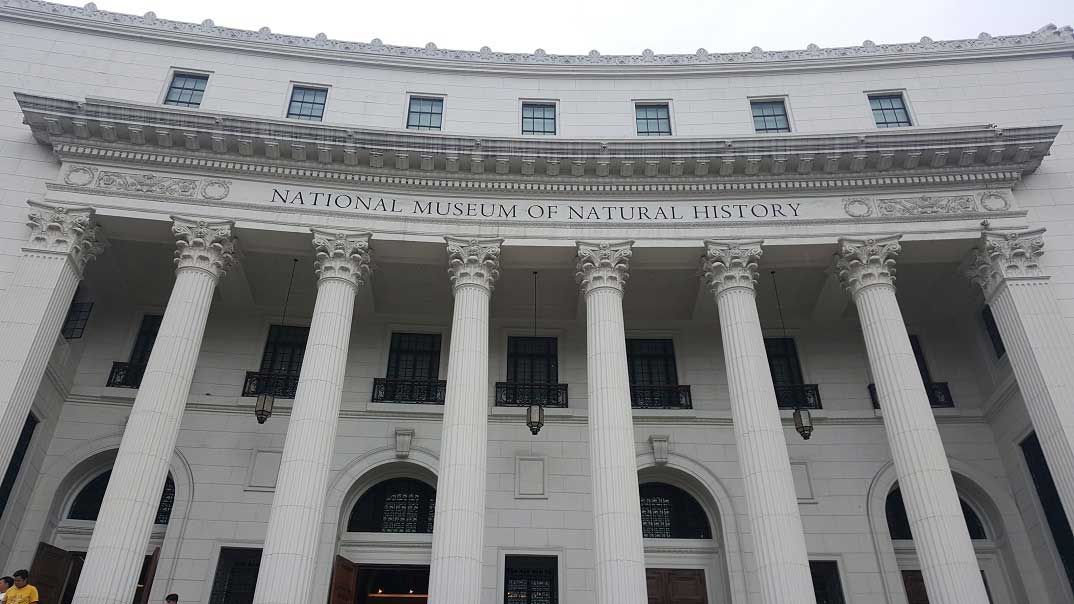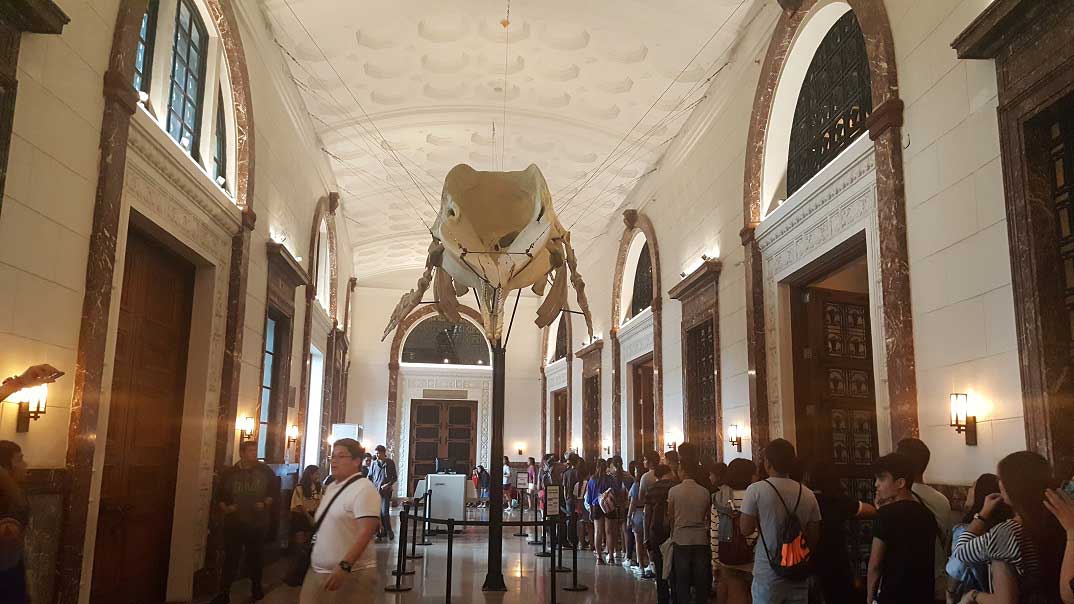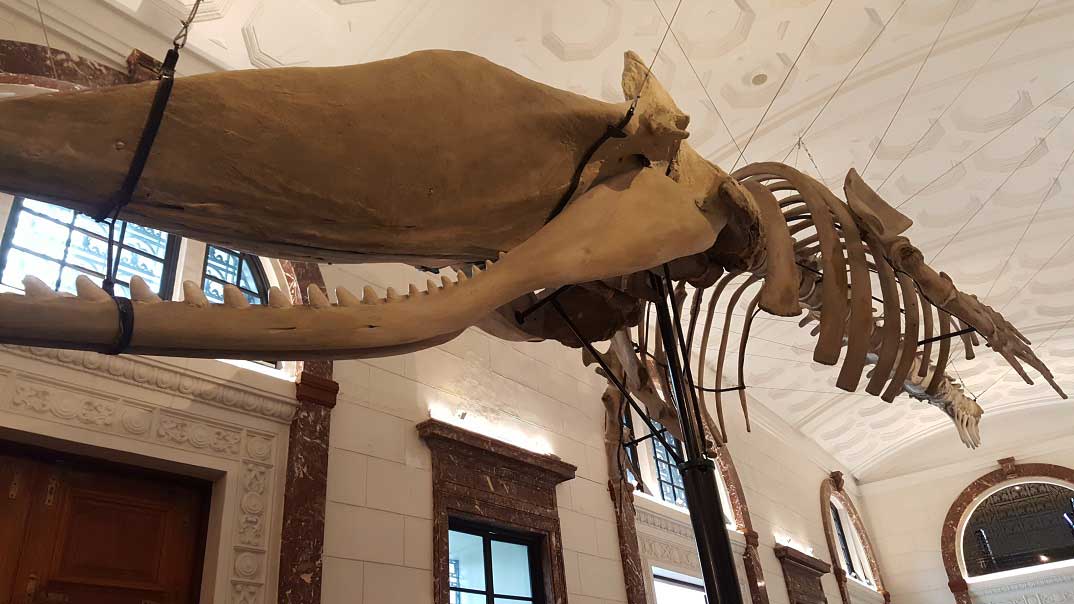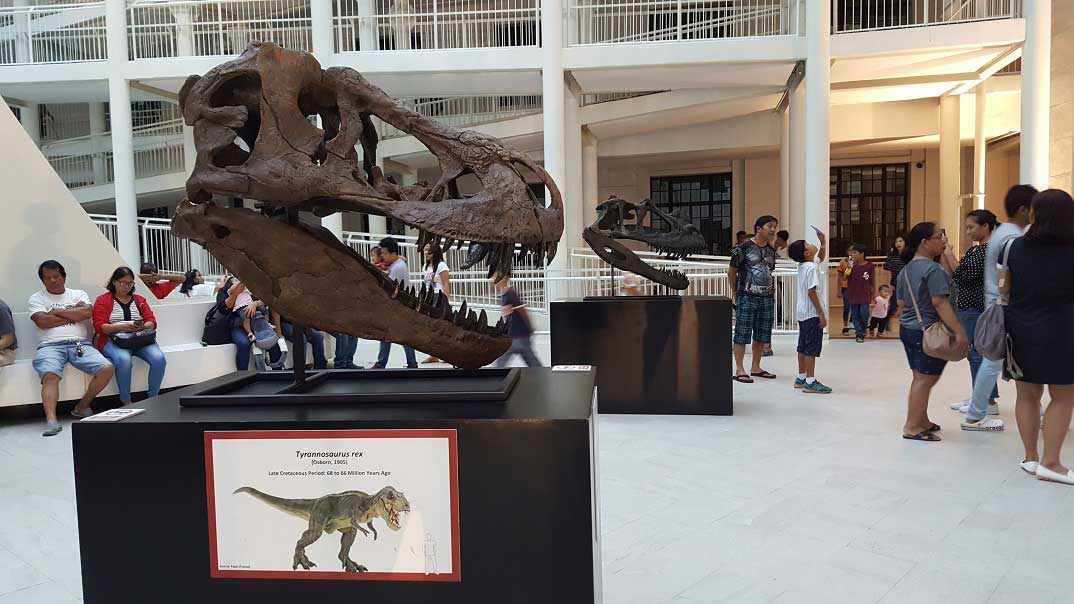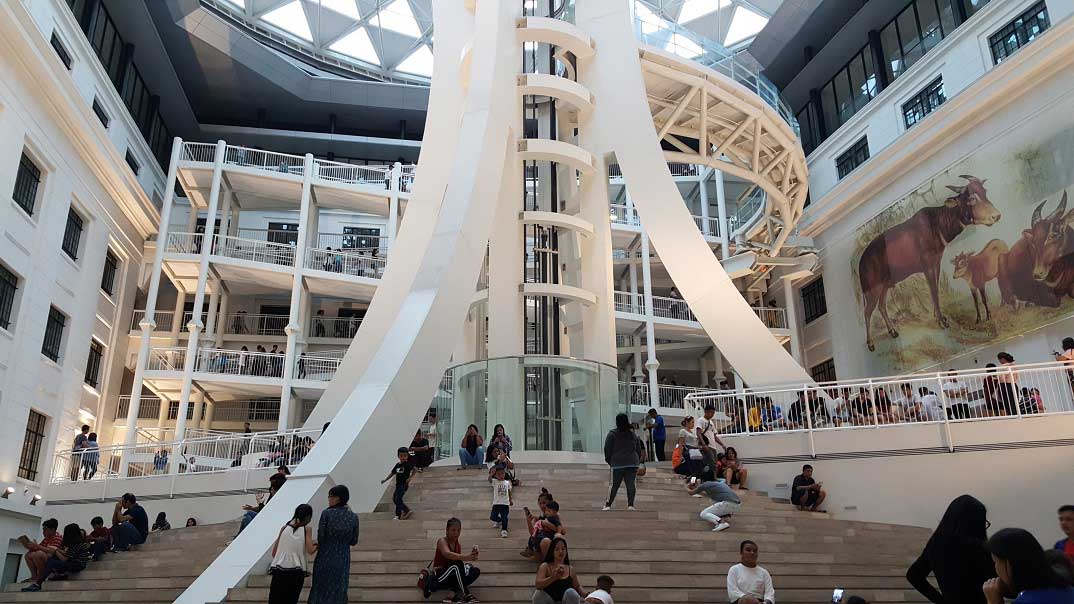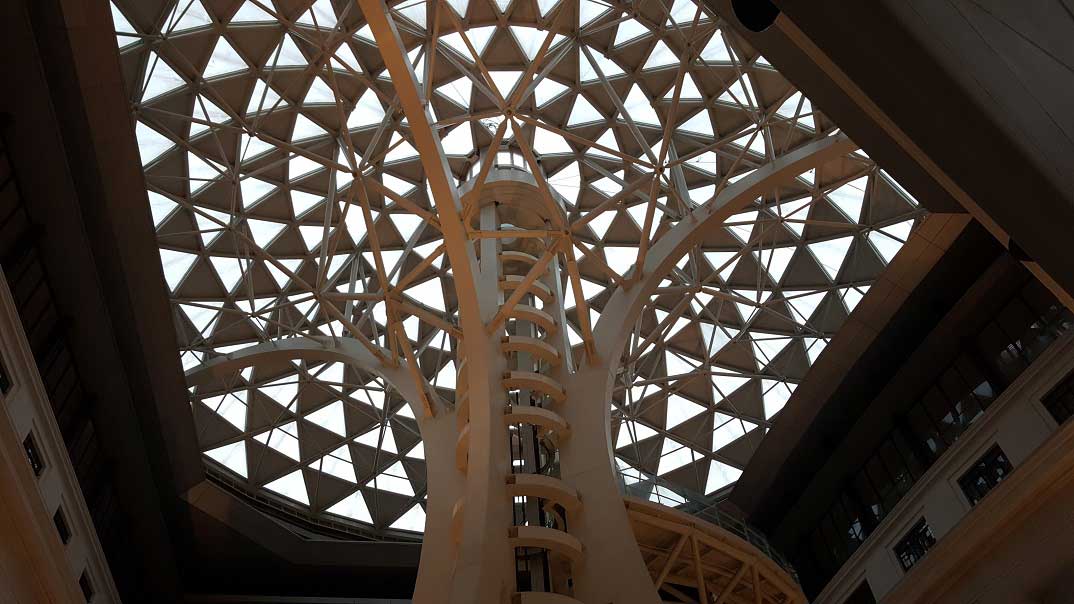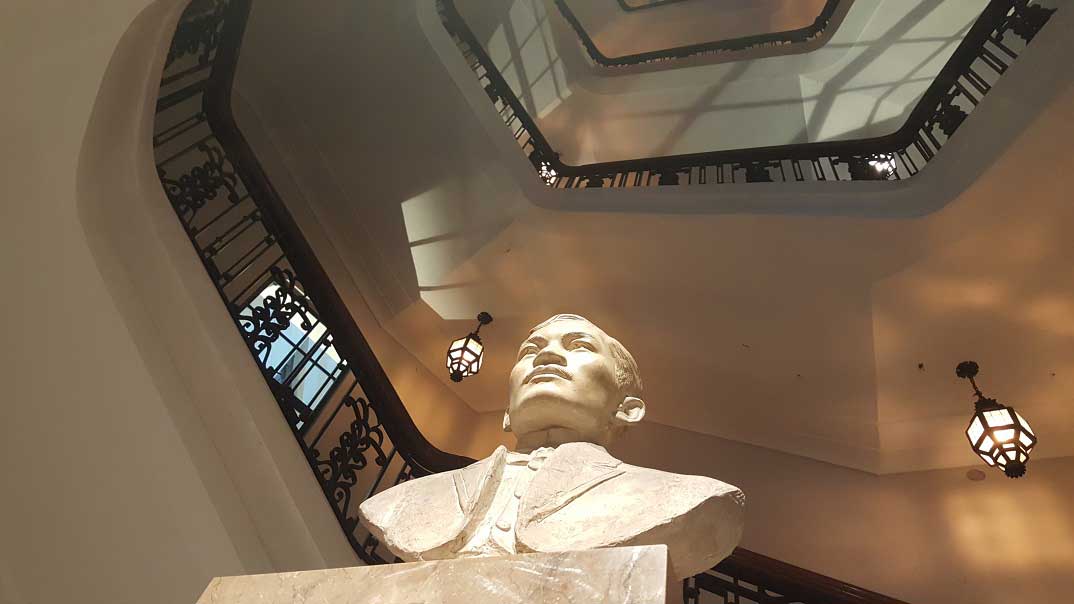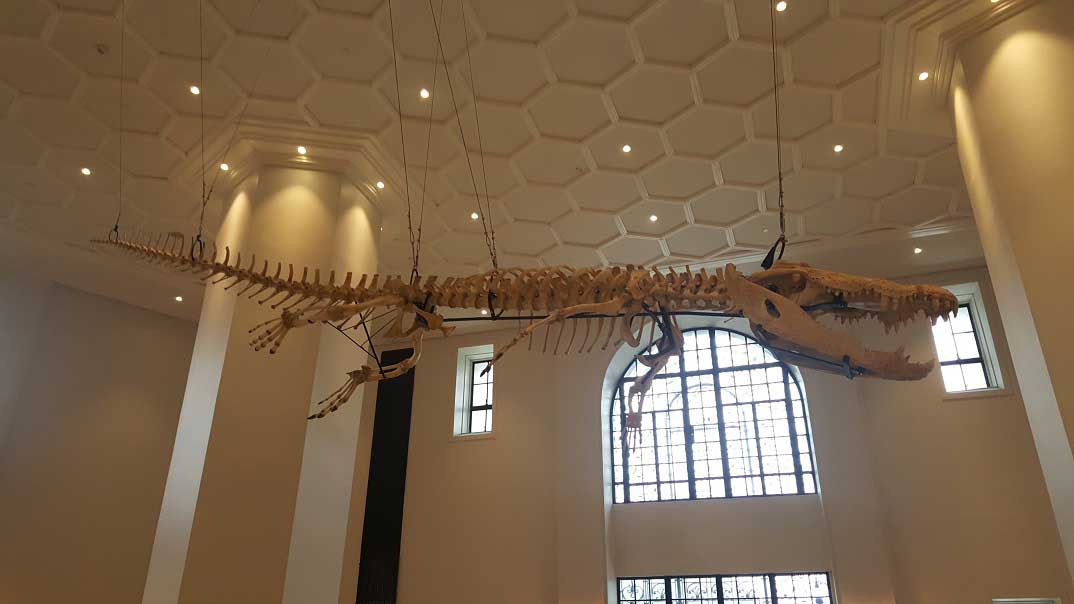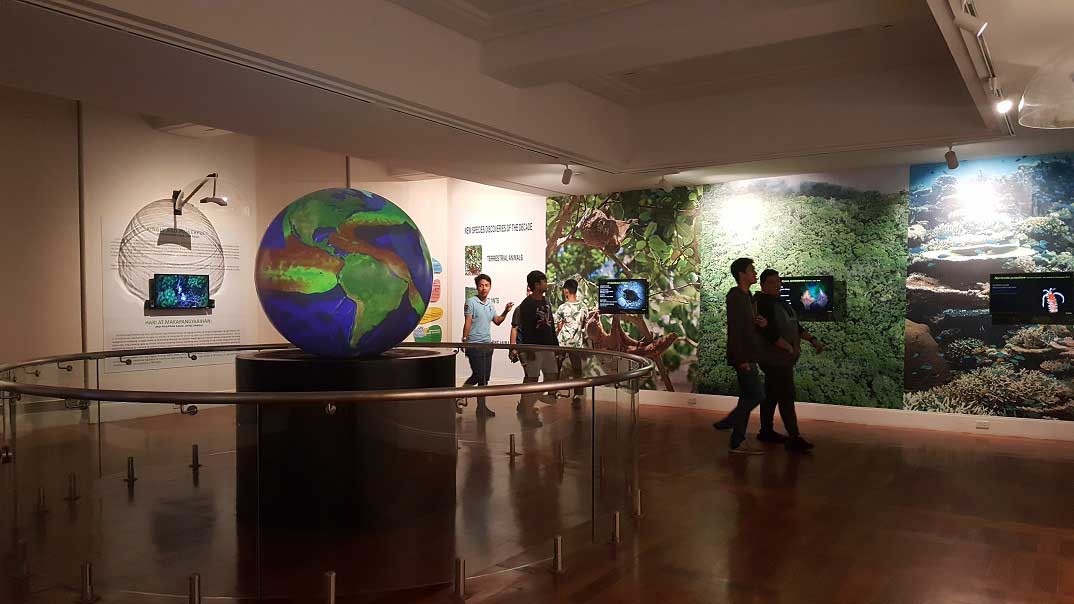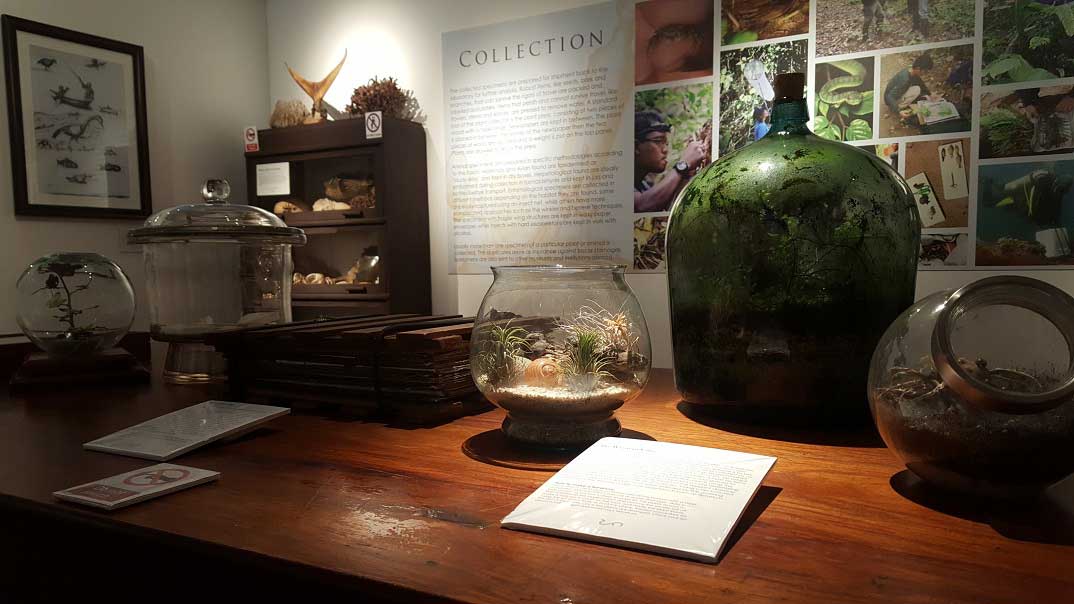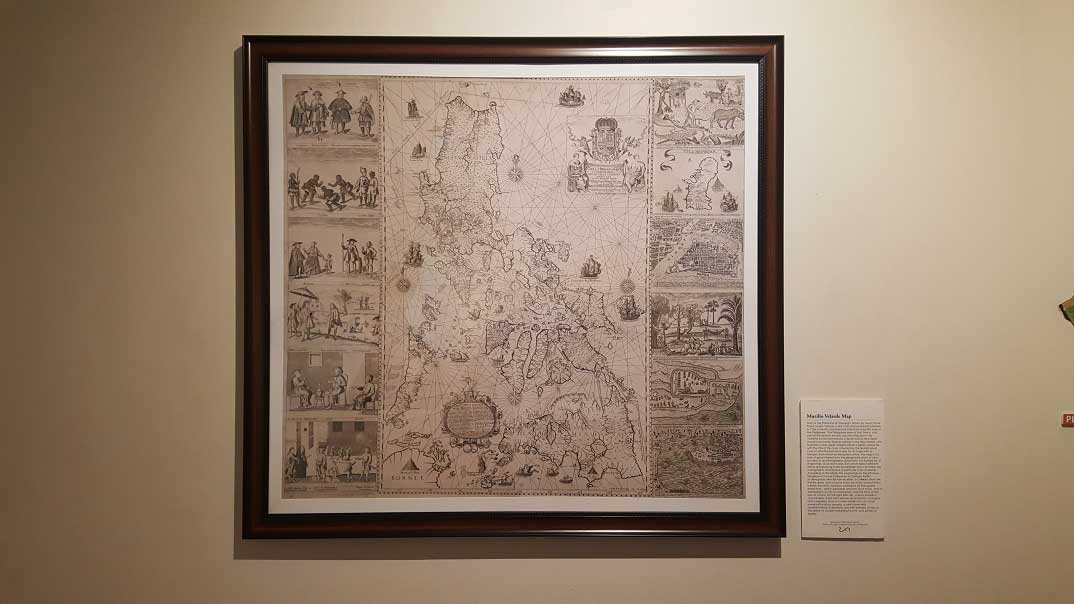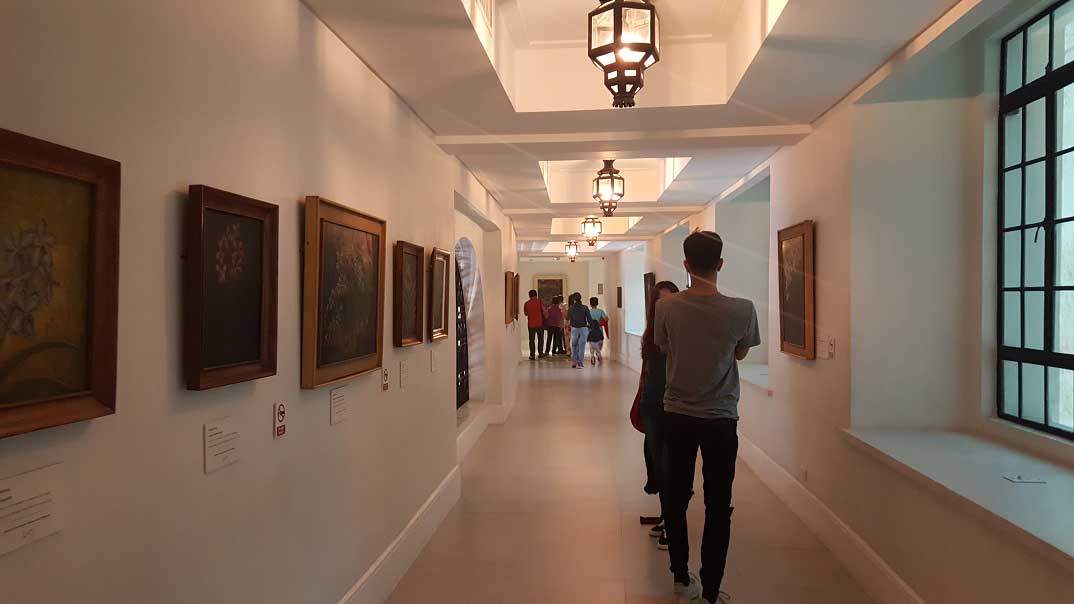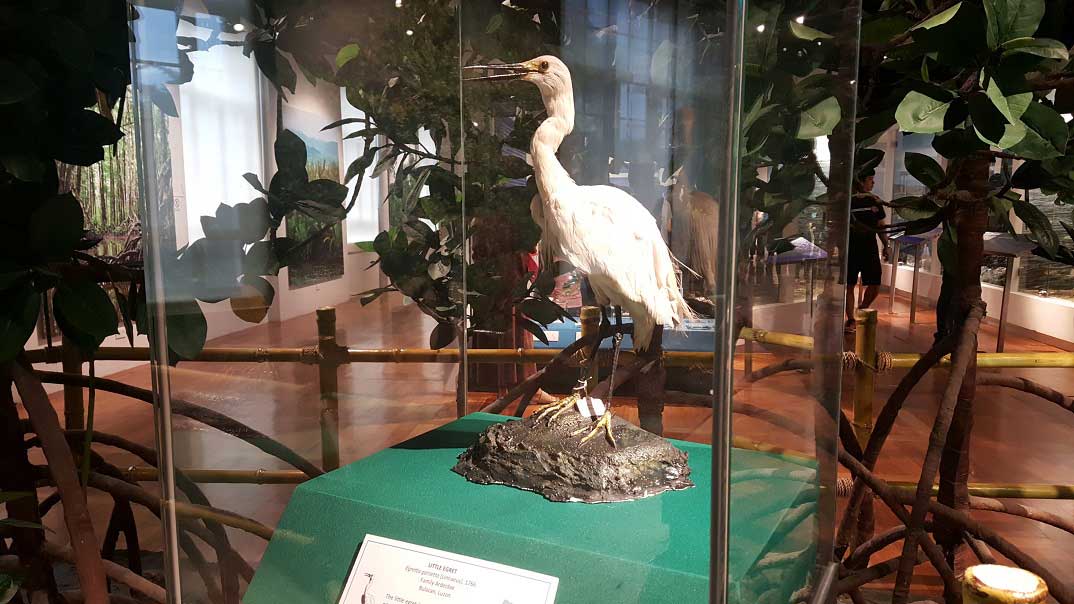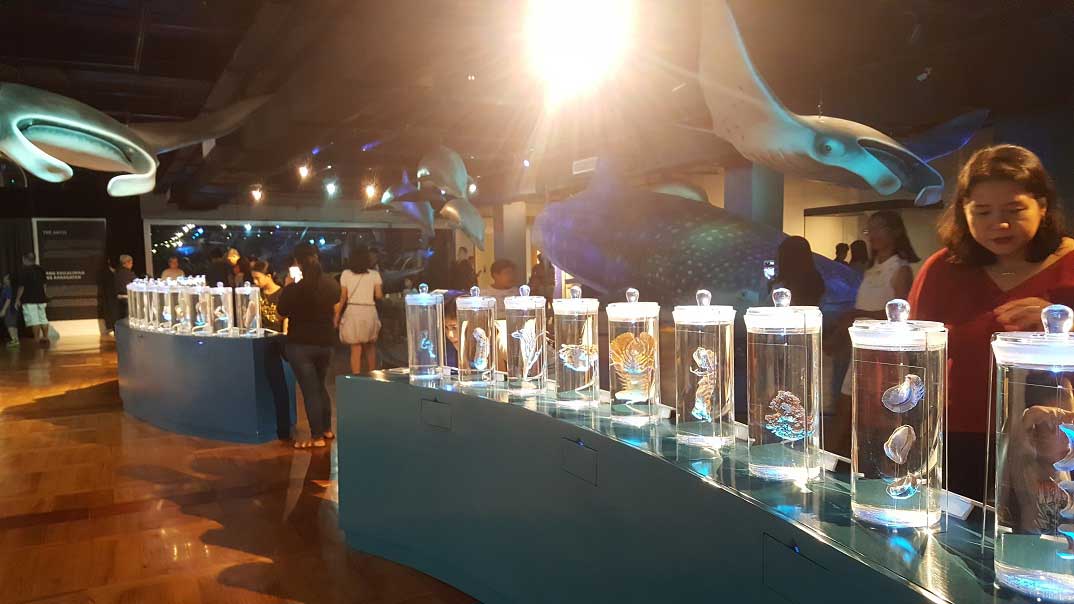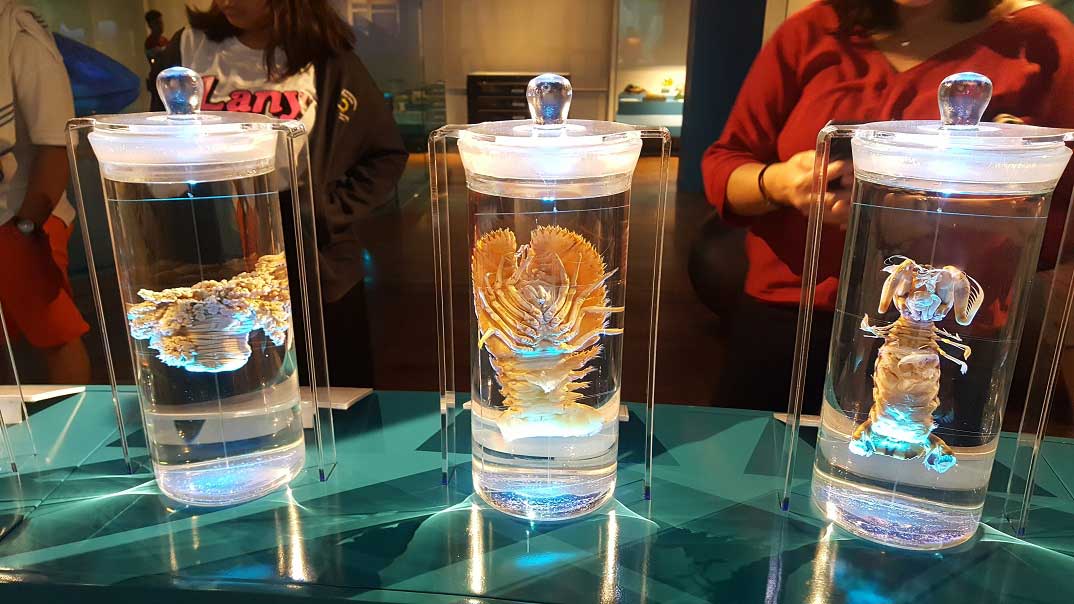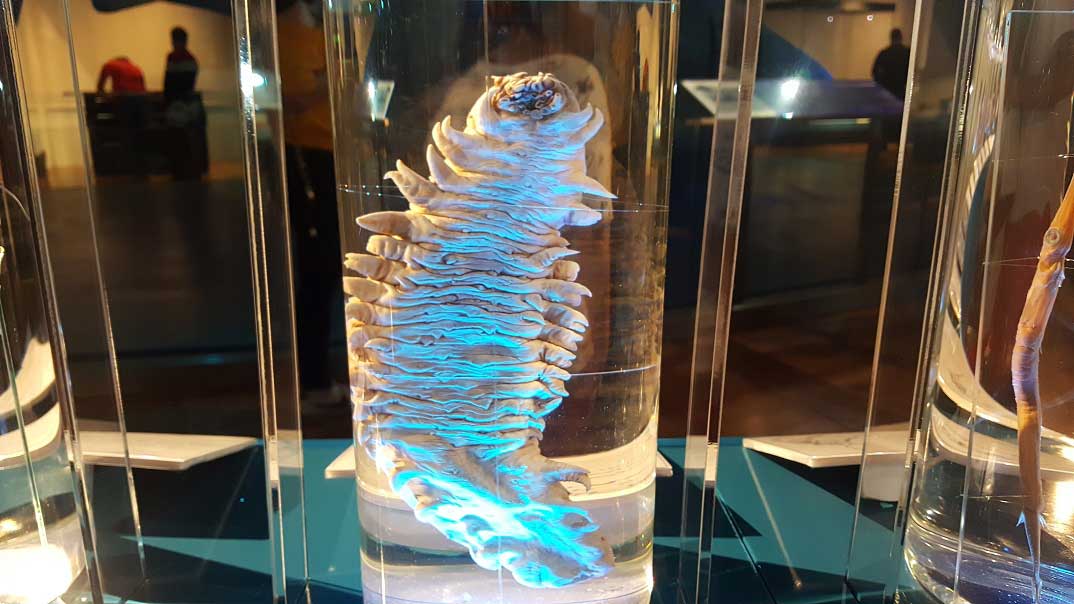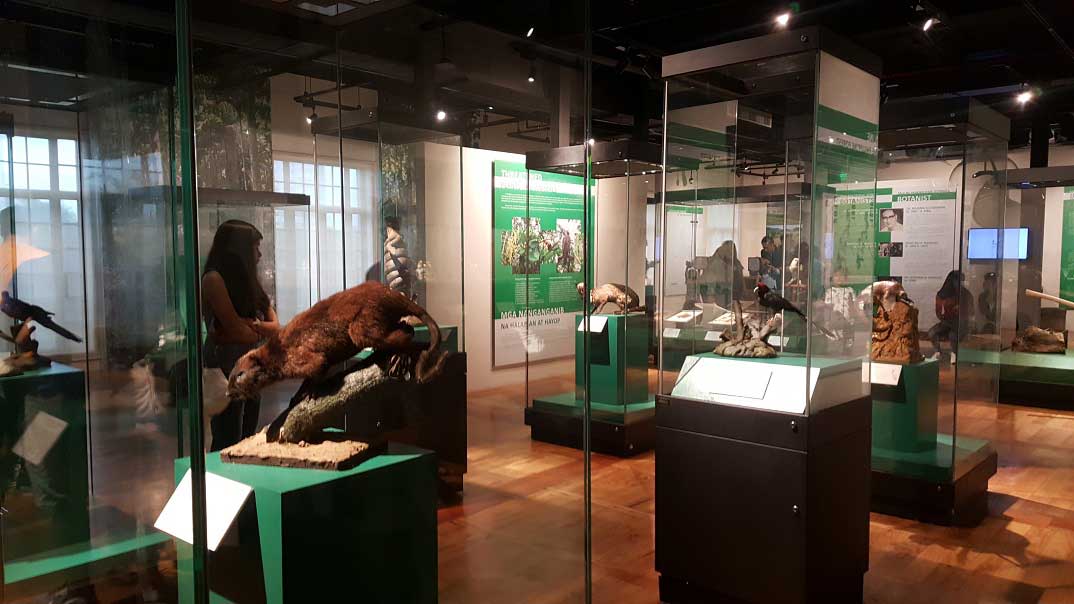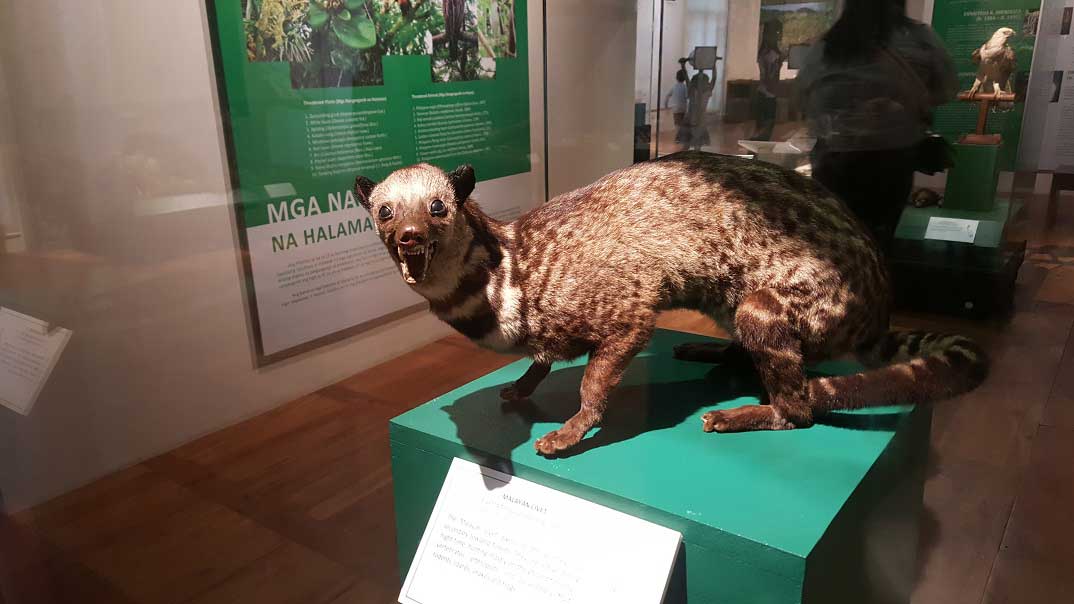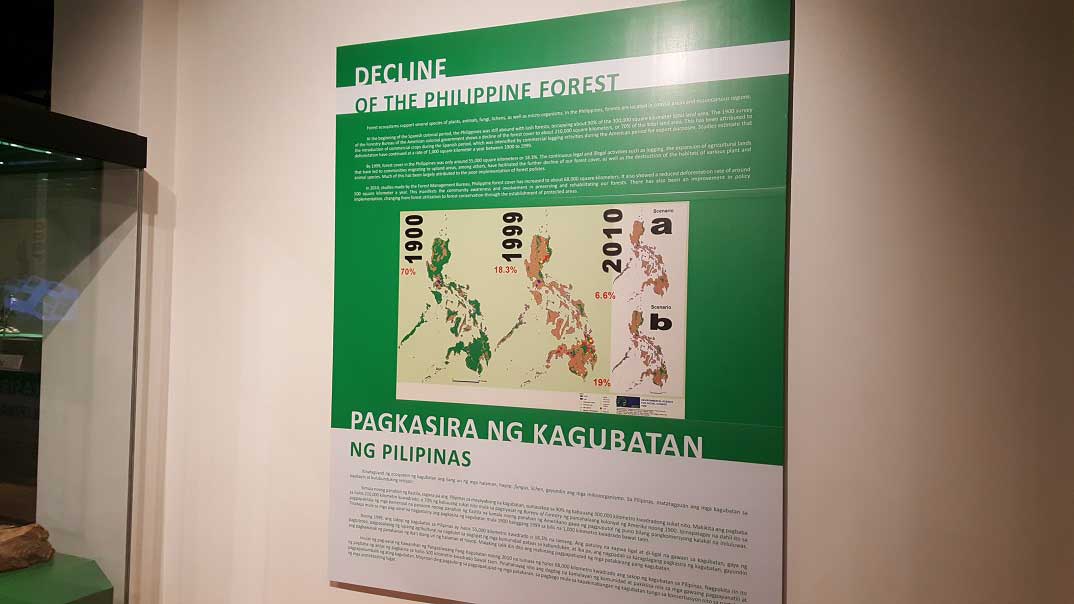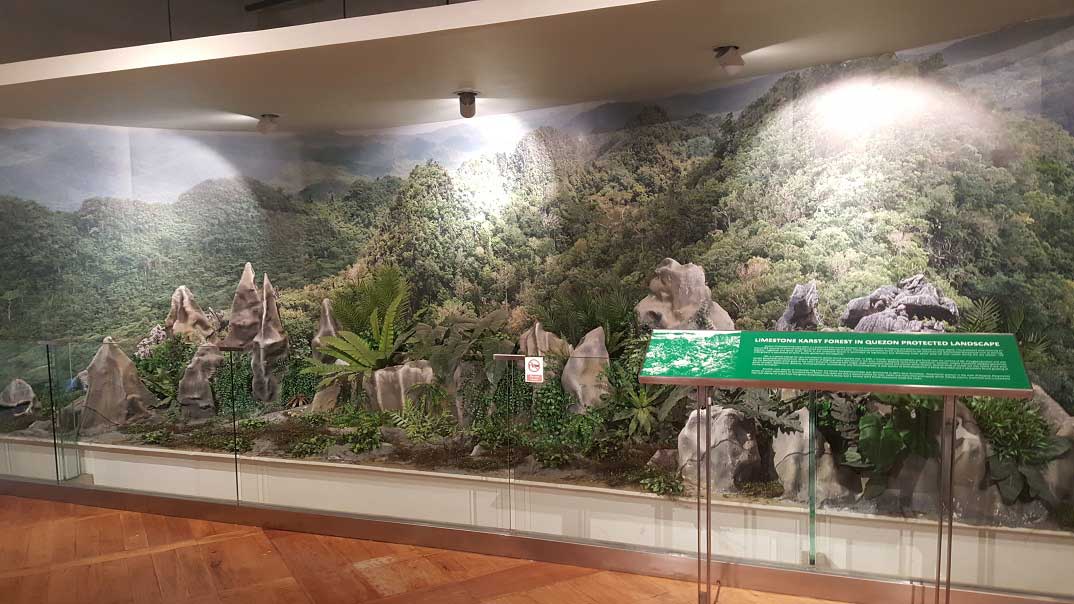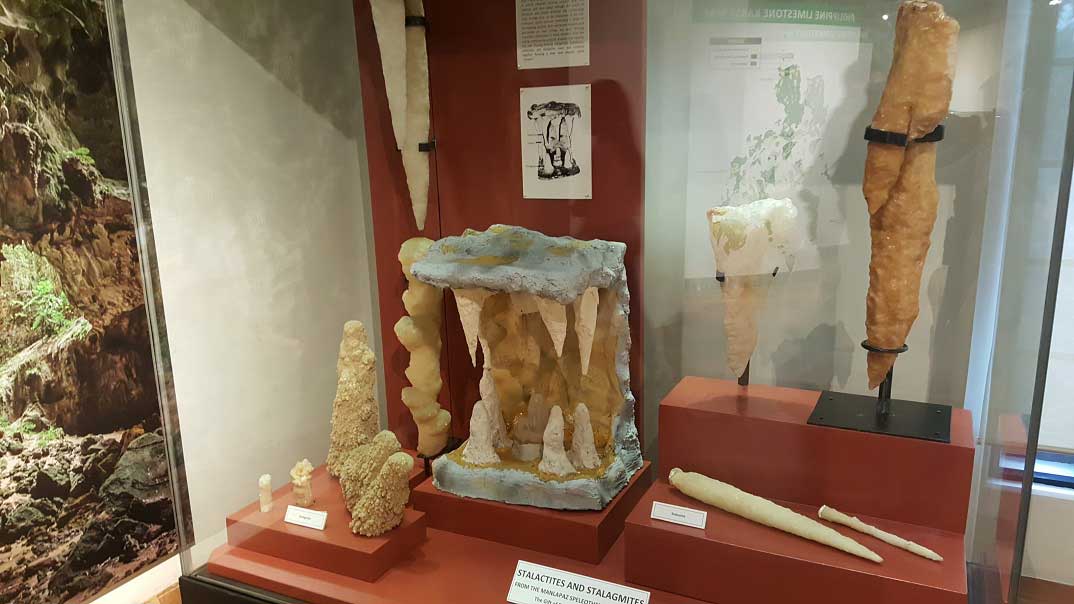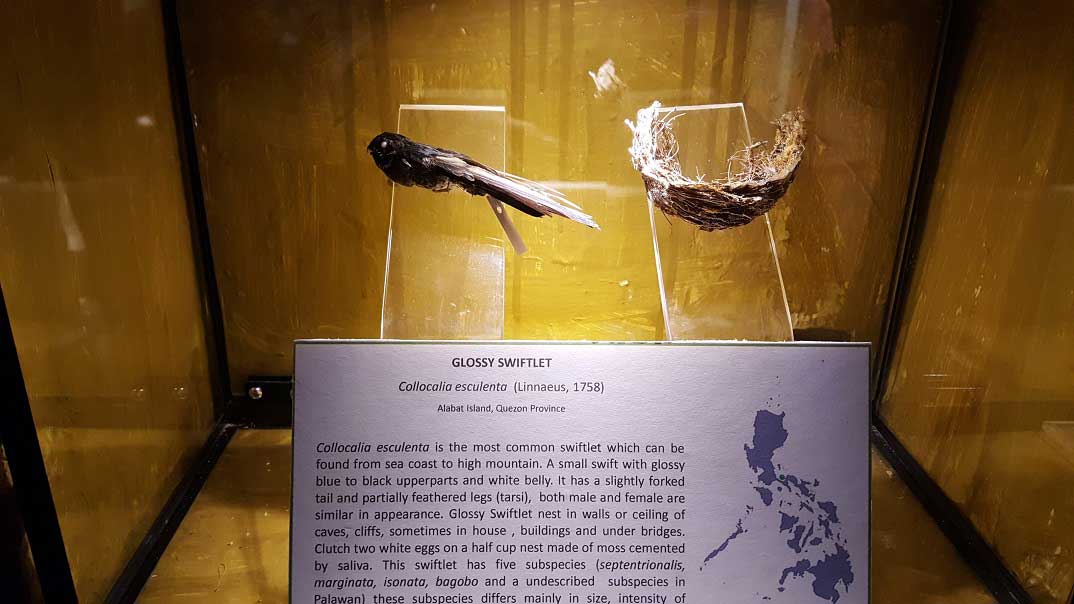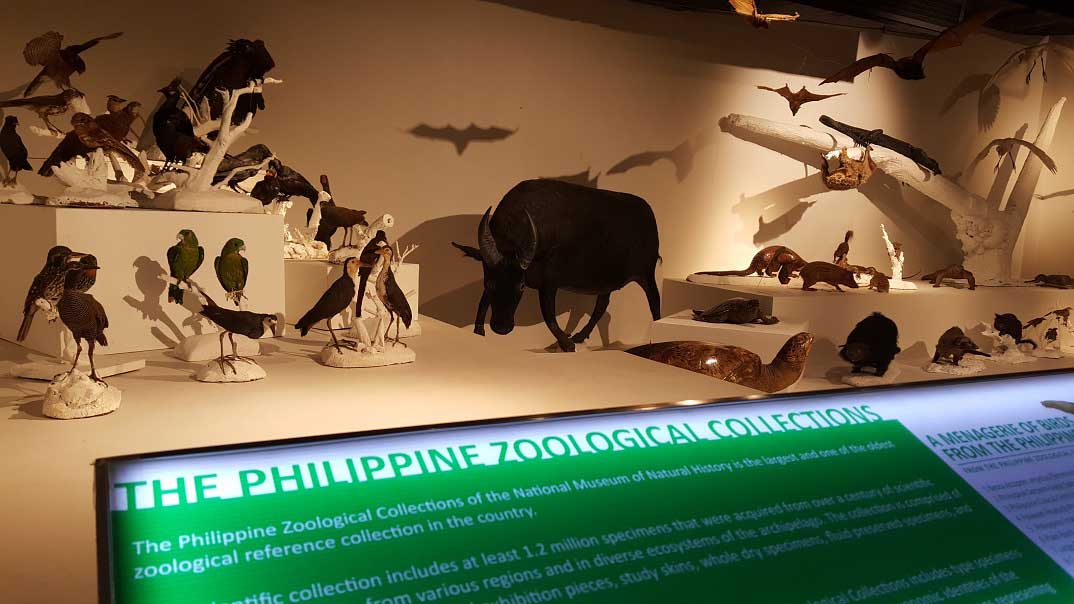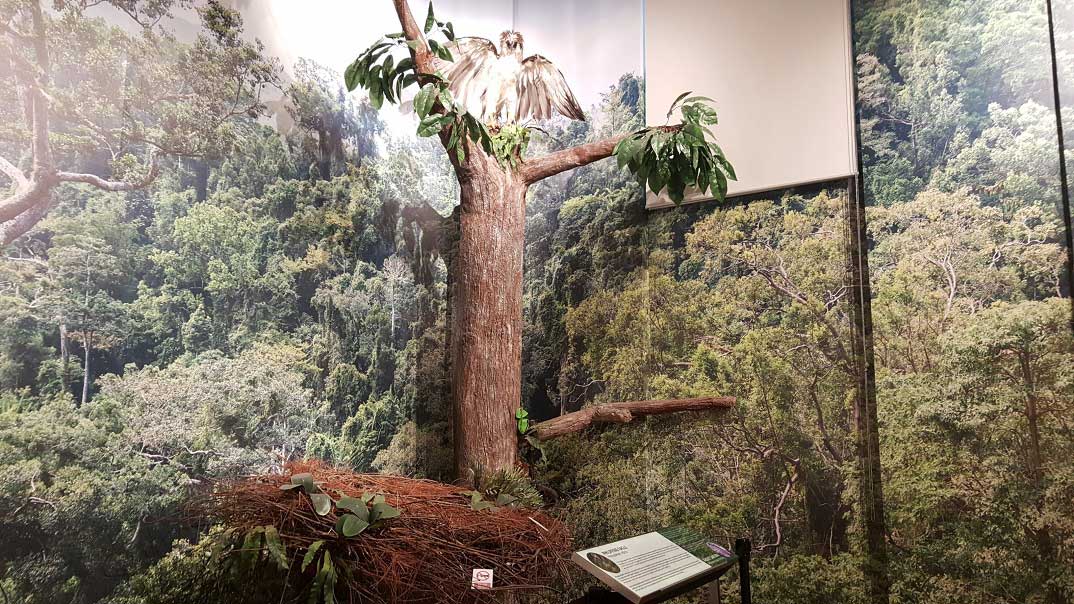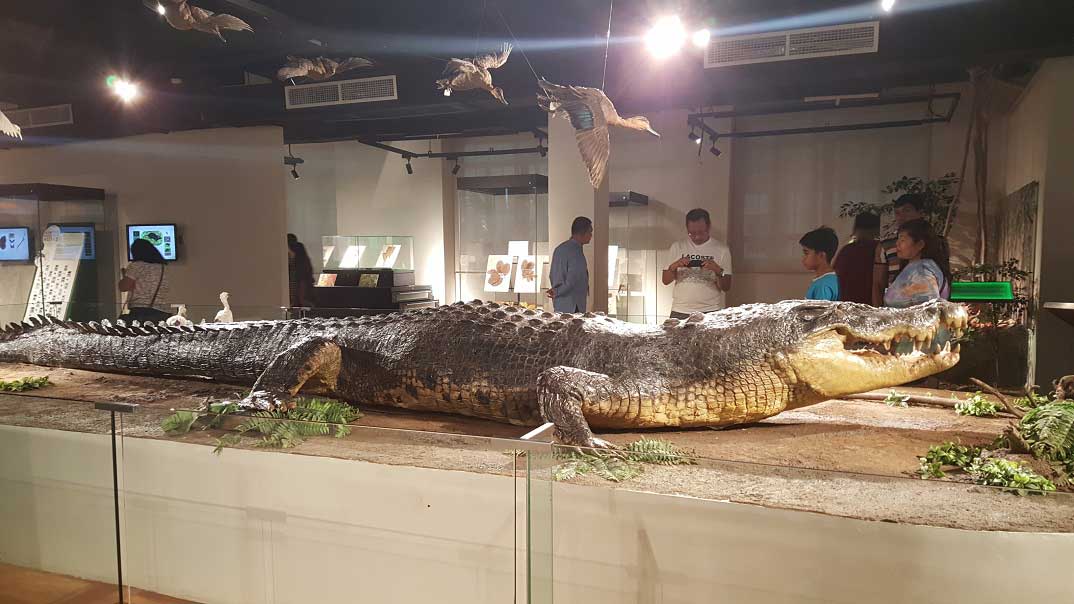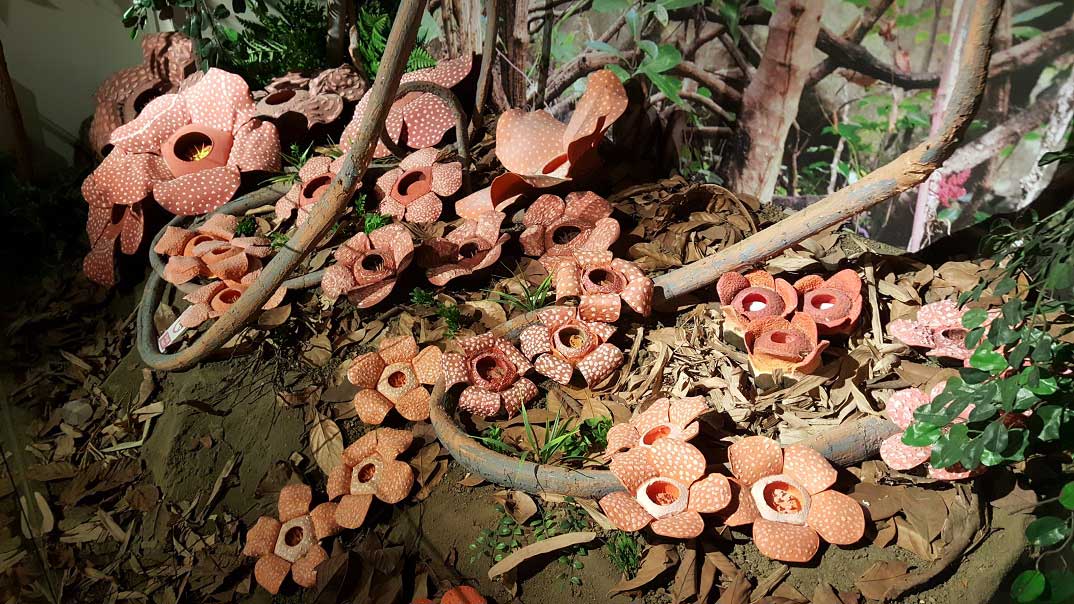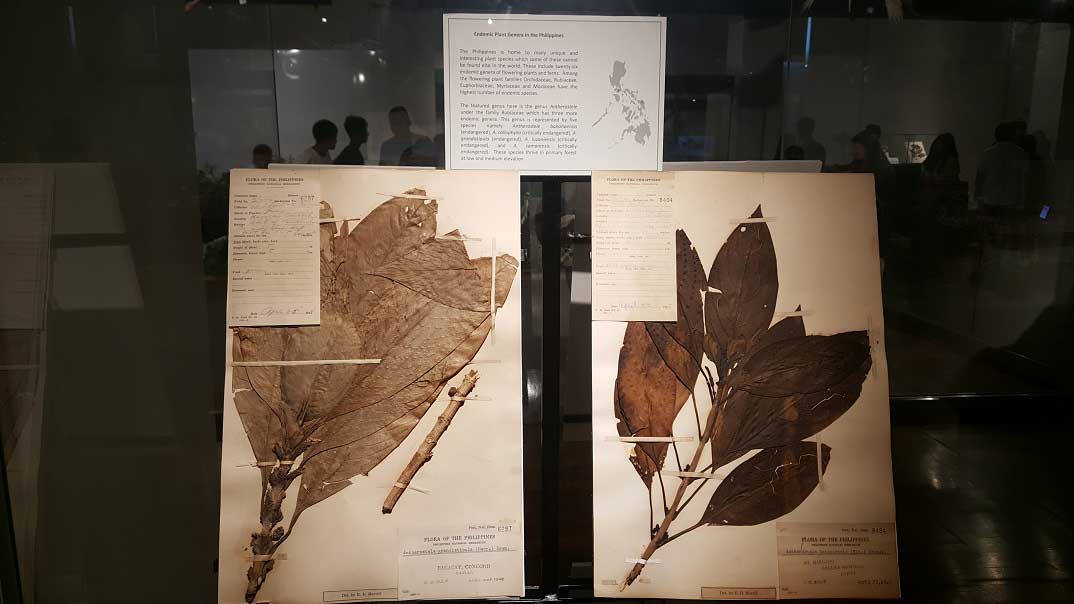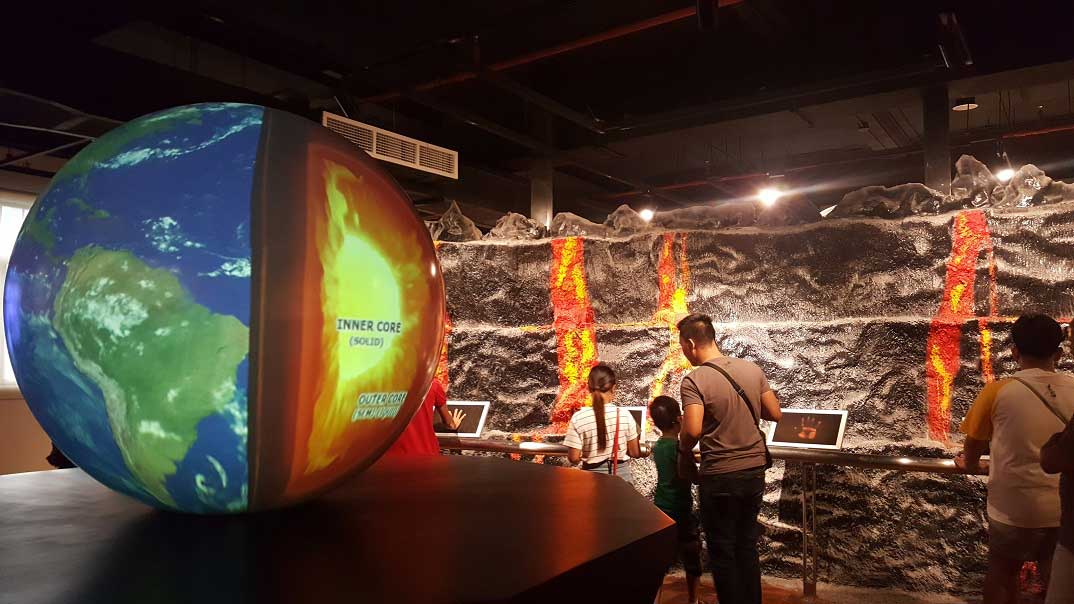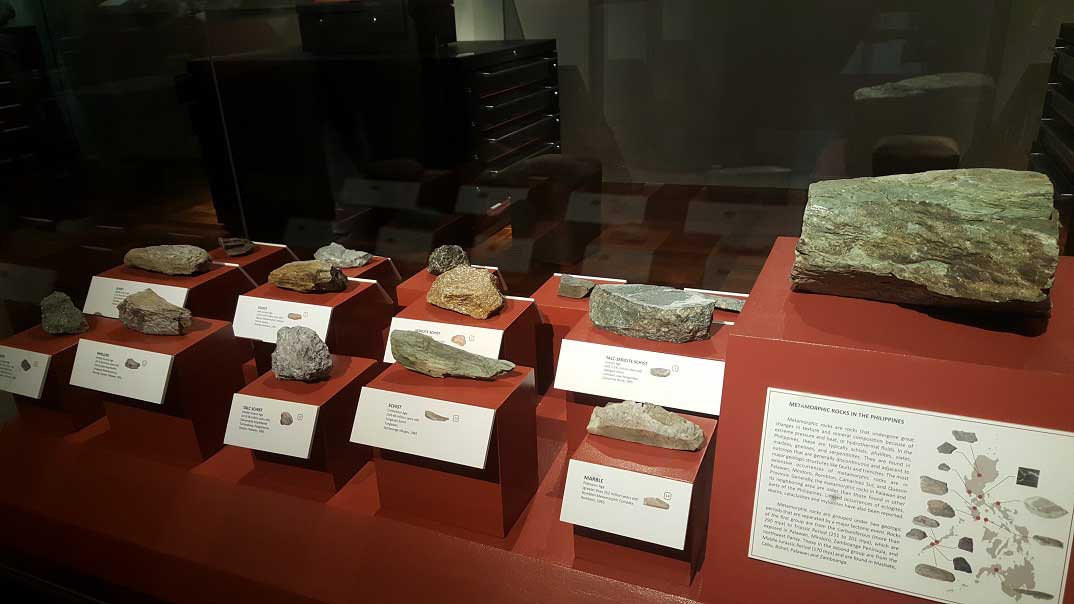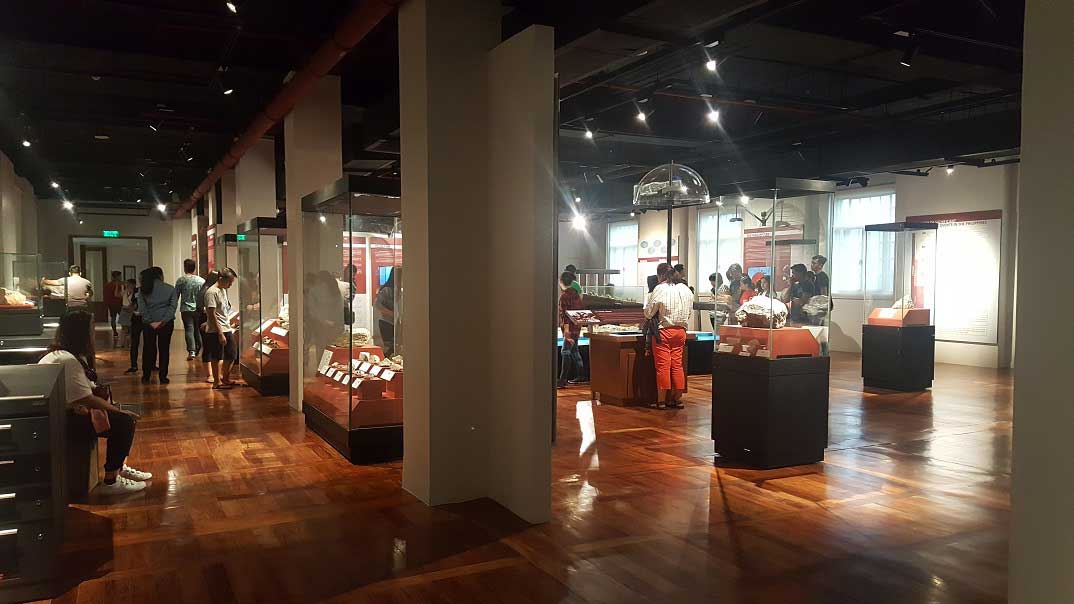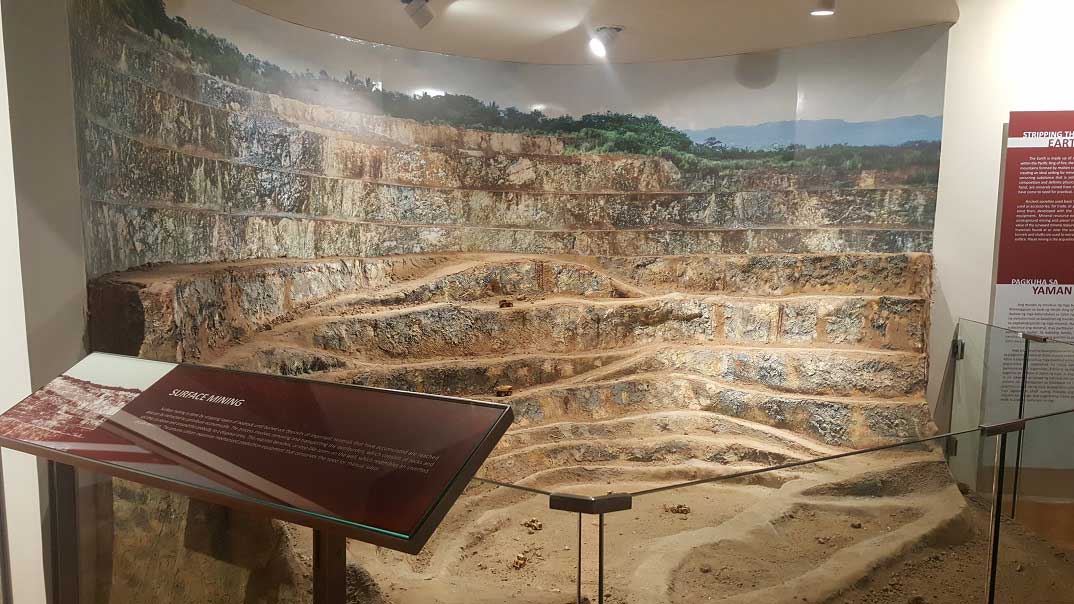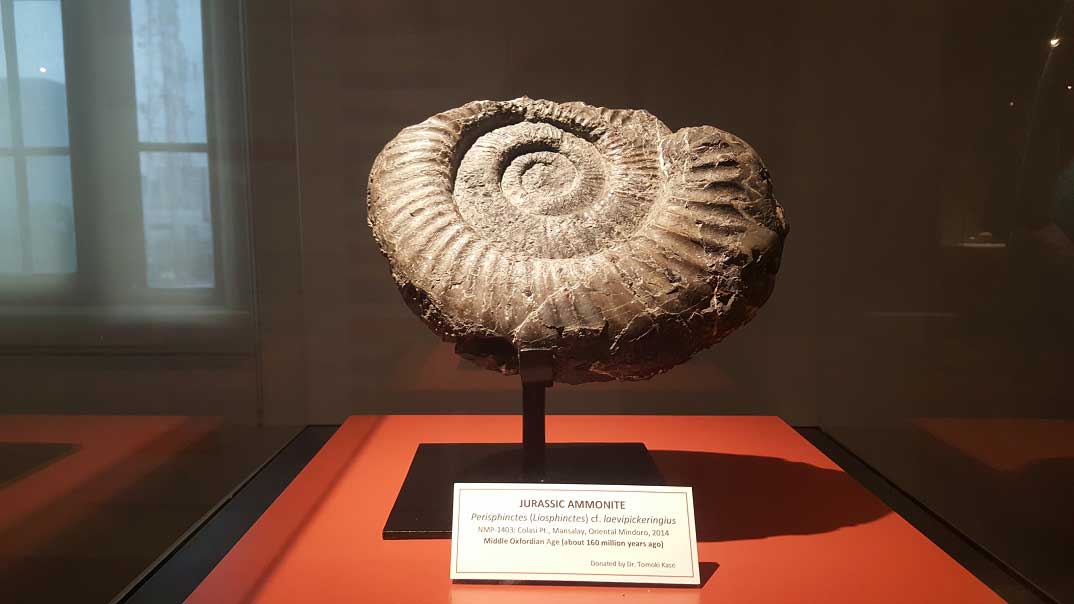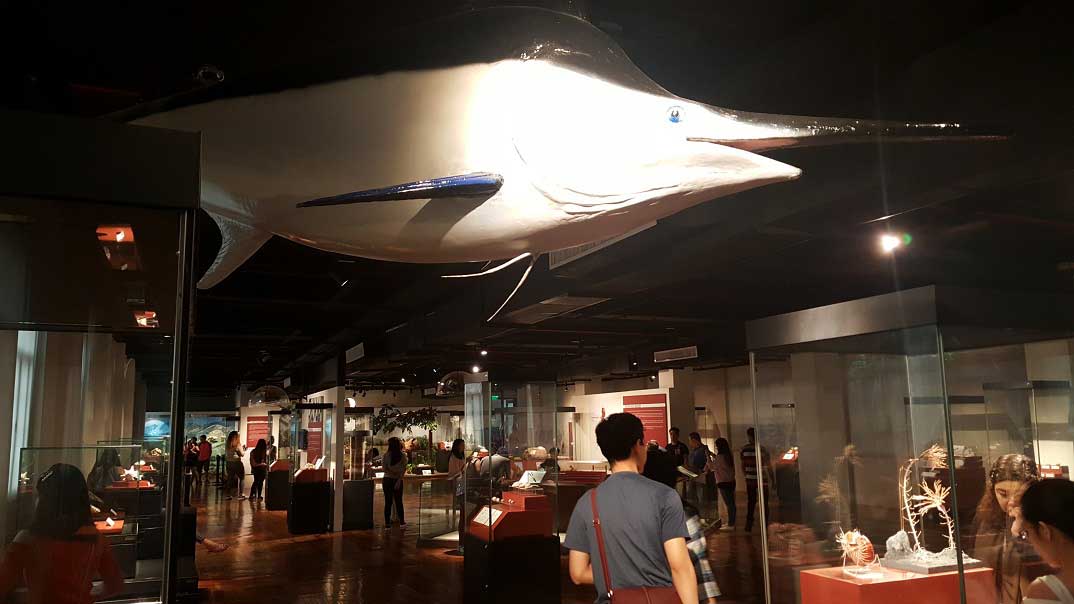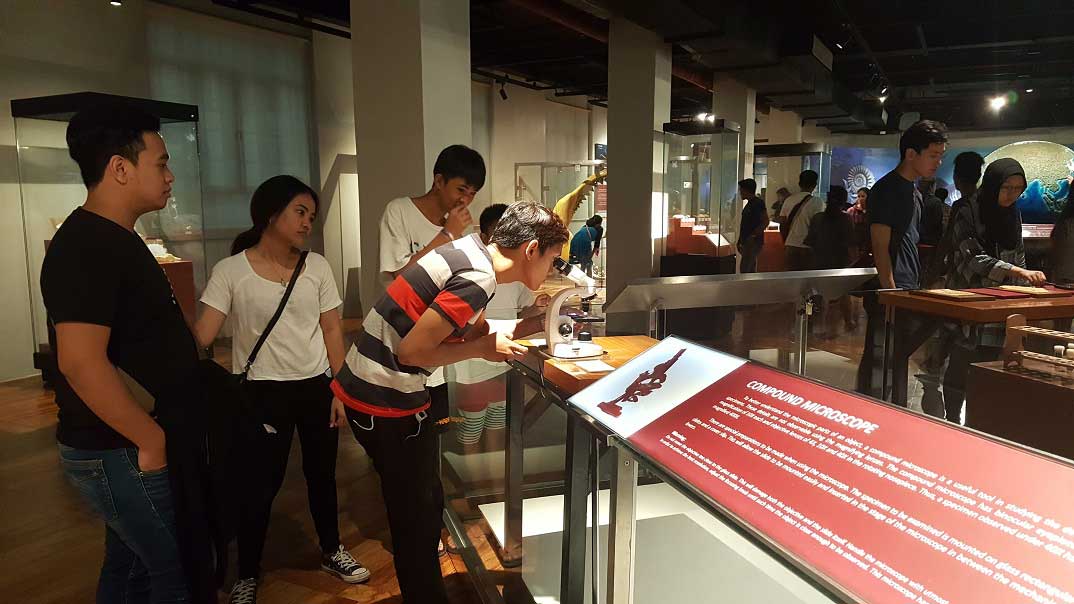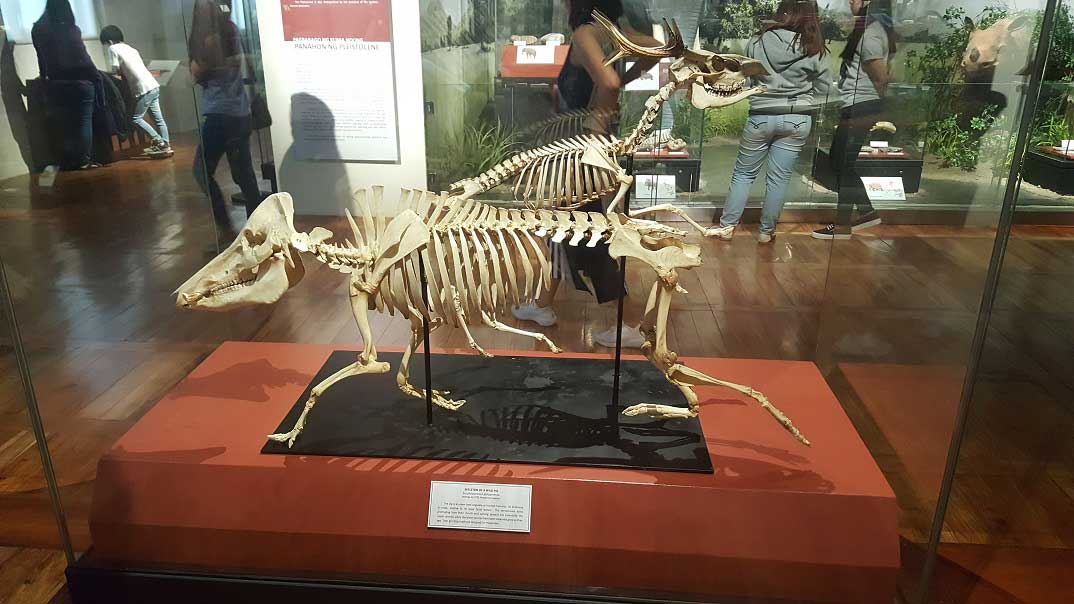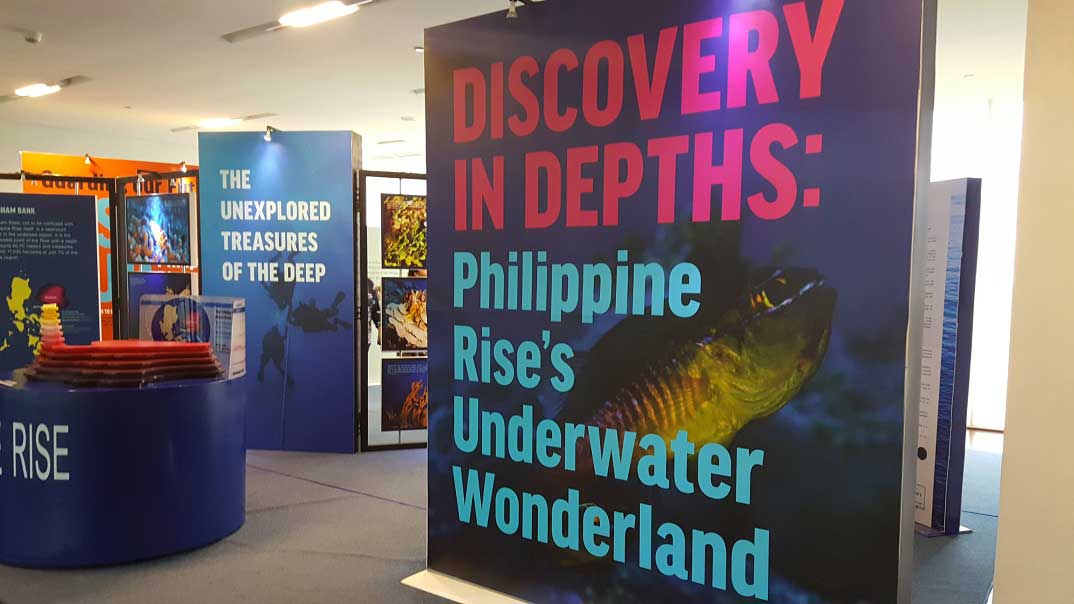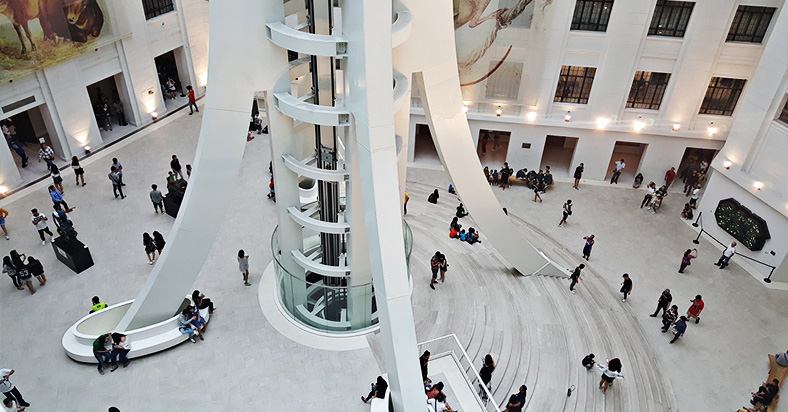
We previously gave you a glimpse of the National Museum of Anthropology in Manila. We’ll now wander you around the great halls of the capital’s National Museum of Natural History.
This museum is another fun place to visit and a must to check off from your bucket list. Not too far away from Rizal’s monument, this family-friendly venue is a sure appetizer to the curious minds of aspiring naturalists.
The building was built to be the Agriculture and Commerce Building in 1940 and was later destroyed during World War II together with its twin building which was the Finance Building. Both were reconstructed after the war to be used as civic governance venues and was later repurposed to be museums under the National Museum Act which was passed in 1998.
The magnificent Marinduque Sperm Whale greets visitors at the entrance lobby. It’s so large that it amazes people of all ages and excites them for what else they’re about to experience.
Suspended from the ceiling, here’s a closer look at it.
Skulls of prehistoric beasts are displayed before crowds. They give us the idea that the world doesn’t only belong to us humans. Once upon a time, these mega giants roamed the earth too and had dominion over other creatures.
The beautiful interior of the museum inspires visitors for the revealing of the natural world and its glory. From the center is a beam that supports the dome of the museum.
The dome’s top is glazed with triangular glass panels bringing in a good amount of natural sunlight. The beam and the dome looks like a tree. It is actually dubbed as the “Tree of Life”
Dr. Jose Rizal’s bust is seen along a spiral stairway. He himself is a renowned naturalist and has even discovered a few species during his exile in Dapitan. Some species are named after him.
Lolong is the biggest crocodile that was caught from the wild in Bunawan, Agusan del Sur province. Spaning 6.17 meters and weighing 1,075 kilograms, it must have taken great effort from taxidermists to preserve his skin and skeleton.
Almost everything under the sun is featured in its halls and galleries. It’s one huge interactive encyclopedia. Topics about the earth’s history, geology, animals, species, plant and marine life, etc.
There are plenty of collections around. Collections of important artifacts and tools that give us knowledge about the hidden and past wonders of our existence.
Carta Hydrographica y Chorographica de las Islas Filipinas, or more commonly known as the “Murillo Velarde map”, is a map of the Philippines made and published in Manila in 1734 by a Spanish Catholic priest and cartographer Pedro Murillo Velarde together with two other Filipinos, engraver Nicolás de la Cruz Bagay and artist Francisco Suarez. It is considered as the first and most important scientific map of the Philippines and is frequently referred to as the “Mother of all Philippine Maps”. It features Scarborough Shoal which was then labelled as “Panacot“, and as well as “Los Bajos de Paragua” which is now known as the Spratly Islands. The map has been instrumental in the Philippines’ efforts to assert territorial rights in the West Philippine Sea against Chinese occupation in disputed areas. It was used to refute China’s historical claims over the entirety of the South China Sea, including the West Philippine Sea, in the Permanent Court of Arbitration in The Hague, Netherlands. The court’s ruling favors the Philippines stating that China had “no historical rights” based on their Nine-Dash Line map.
Moving around from gallery to gallery, you’ll find remarkable works of art in the hallways. Other items are also on display such as collections of specimens, earthly minerals, and plenty of informative subjects.
This museum will help you discover a diverse array of wildlife. They also have exhibits of taxidermized rare animals that can only be found in certain locations in the world.
Strange creatures are also featured in the marine life exhibits.
Here’s a closer look of these alien like creatures.
You might say that they’re “out of this world” but they actually live in the depths of this world.
The museum also shows informative topics on endangered species from the Philippine forests.
Some may already be extinct.
The demise of these wildlife is connected to the decline of our forests. The museum raises awareness about the importance of forests in our ecosystem.
Popular and protected landscapes like this limestone karts forest in Quezon gives visitors a hope for a greener future.
Stalactites and stalagmites. Remember this from your elementary science curriculum? If you don’t, this museum will help you recall that stalactites are the rock formations that grow from the ceiling of a cave while stalagmites are the ones from the cave’s ground.
Preserved cave-dwelling animals are also displayed like this Glossy Swiftlet.
There’s plenty more collections of rare animals that can only be seen in the Philippines.
The great Philippine Eagle, also known as the monkey-eating eagle, stands atop her nest.
Still triumphant, Lolong’s taxidermized skin watches over the visitors.
Exotic specimens are everywhere, giving you the feeling that you are venturing into the jungle.
Collections of different scientific studies are also on display. From the simplest to the most complex.
Amazing visualizations of the history of our planet can be observed and learned through interactive screens and monitors. A semi-holographic globe tells the evolution of the Earth from a super continent called Pangaea
With the right eye and knowledge, so much detail can be uncovered from rocks from the different areas of the Philippine islands.
It might take 3-4 hours for an average visitor to appreciate the vast wonders the museum offers.
The world has resources that can benefit man’s existence but we must also have the know-how on how to take these from mother earth. The museum sheds light on proper and responsible mining. They also have a section for information about renewable energy.
Of course, what kind of a museum would this be without fossils? This Ammonite fossil dates back in the Jurassic period. The time of the dinosaurs!
A suspended fish gleams over numerous visitors distracted by beautiful samples of corals. It’s as if they’re his food.
Other apparatuses can be used by visitors such as this compound microscope to look at microscopic life.
Internal features of different species are always everywhere you look.
A new exhibit for the Benham Rise, also called the Philippine Rise, is installed at the top floor of the building. It’s a small but very detailed gallery exploring the untouched beauty of the underwater region located in the eastern sea side from Central Luzon.
National Museum of Natural History map
Here’s a map of the museum’s location. It’s just within Rizal Park. Don’t forget to drop-by at the National Museum of Anthropology which is right in front of it from the other side of the park. Admission is free for all ages.
Opening hours:
Monday: Closed
Tuesday: 10am–5pm
Wednesday: 10am–5pm
Thursday: 10am–5pm
Friday: 10am–5pm
Saturday: 10am–5pm
Sunday: 10am–5pm

